Just 2km up the road from my family’s farm in Co Offaly stands the remnants of an old peat station, once operated by Bord na Móna. The now derelict site served as the gateway into an enormous bog, from which Bord Na Móna harvested thousands of tonnes of peat every summer.
Given our proximity to Bord Na Móna, it’s no surprise that much of the land on our farm, as well as our neighbouring farms, is wet and peaty in nature.
Over the years, we’ve dug shores on this land, as well as widening and cleaning drains to allow water to escape from the fields
For years, my father has steadily worked this difficult land to improve it as best he could, and make it more productive for growing grass and grazing cattle over a longer period of the year.
Over the years, we’ve dug shores on this land, as well as widening and cleaning drains to allow water to escape from the fields. It’s a story many Irish farmers will be familiar with. Today, the land is as agriculturally productive as we could hope it to be. At this time of year, the species-rich permanent pasture is bursting with growth and cattle thrive on it. Yet the land is still only fit for summer and autumn grazing.
Peaty soils are easily saturated after any prolonged period of rain and cattle only damage the land if left on it. Still, my father is rightly proud of the improvements he’s made to this difficult ground over the years.
Unforeseen consequences
However, it’s only in recent years that we’ve come to understand that draining the peat soils on our farm has had unintended consequences that are very damaging to our climate. By draining these soils of water, it aerates the soil and allows oxygen to get into the soil pores.
By draining peaty soils, the microbes that require oxygen to live multiply and begin breaking down the organic matter-rich soil
This process of aerating the soil has boosted the productivity of our land, but it has also caused a huge amount of C02 to be released into the atmosphere.
By draining peaty soils, the microbes that require oxygen to live multiply and begin breaking down the organic matter-rich soil. This natural process releases huge quantities of CO2 into the atmosphere.
Since the early 2000s, Dr David Wilson, from Glenvar in Co Donegal, has been studying peat soils and their link with greenhouse gas (GHG) emissions, which include CO2, methane and nitrous oxide gases.
“Most farmers are aware of the different types of soil and will know the soil types on their own farm. Mineral soils have low carbon stocks, but it’s the opposite for peat soils, which can contain up to 50% carbon,” says Wilson.
A lot of farmers in Ireland will have mid-peat soils. These are typically found in the west and northwest of Ireland
“A natural bog is very wet and the water excludes oxygen from the soil pores, slowing down the rate of decomposition, so it’s no surprise that bogs have huge carbon stocks locked in the ground. A lot of farmers in Ireland will have mid-peat soils. These are typically found in the west and northwest of Ireland. There is not as much carbon in these soils as ‘pure’ peat soils, but they did originate from peaty soils. These soils can have 10% to 20%, or even as much as 30%, organic matter in them,” he adds.
Carbon sink
As much as 75bn tonnes of carbon is estimated to be stored in soils across Europe, so it is imperative farming practices ensure these vast stocks of carbon remain in the ground and are not released into the atmosphere.
Over the last 50 years, agricultural policy, research and advice has urged farmers to drain these peaty soils so they could be more agriculturally productive.
The advice over the last 40 to 50 years has been constantly changing for farmers
But now, farmers are being told to do the opposite, as agricultural policy in Europe and Ireland moves away from promoting production agriculture and more towards environment, biodiversity and climate sustainability.
Research is also changing our understanding of soils and how they capture or release CO2, while advice is also trying to catch up.
“The advice over the last 40 to 50 years has been constantly changing for farmers. It must be very frustrating,” says Wilson, who believes the research community have so far failed to communicate the science of peat soils and carbon emissions in a stronger way to farmers and policymakers.
The EU needs to put its money where its mouth is
“Right now, the EU’s agricultural policy is totally counterproductive for farmers to maintain peat soils. All incentives are geared towards draining and using these soils. The EU needs to put its money where its mouth is and start paying farmers to maintain peat soils in a natural condition, so they can act as a carbon sink,” says Wilson.
Rewetting
We are now starting to see a change of emphasis in this regard. The Department of Agriculture is poised to launch a new peatland rewetting scheme in the coming months, which will be funded under the Rural Development Programme.
Meanwhile, a pilot project to incentivise farmers to rewet peat soils was recently started in the Netherland
Teagasc has estimated that there are approximately 400,000ha of drained carbon-rich soils used for agriculture in Ireland, the majority of which are used for grazing cattle. The Department suggests that payments for such a rewetting measure could be similar to those received by farmers in GLAS, who take part in the low-input permanent pasture and traditional hay meadow actions.
Meanwhile, a pilot project to incentivise farmers to rewet peat soils was recently started in the Netherlands. Under this scheme, farmers there will be given carbon credits priced at €70/t for rewetting their peat soils, which they can then sell to companies who are in the market for carbon credits.
It’s estimated that a 32ha dairy farm taking part in the Dutch pilot project will earn over €305,000 in carbon credits over the next decade from rewetting the soils, or just under €30,600 per annum.
In the second part of this series on peat soils, we examine how peat soils can actually be rewetted and what options this leaves for the landowner.




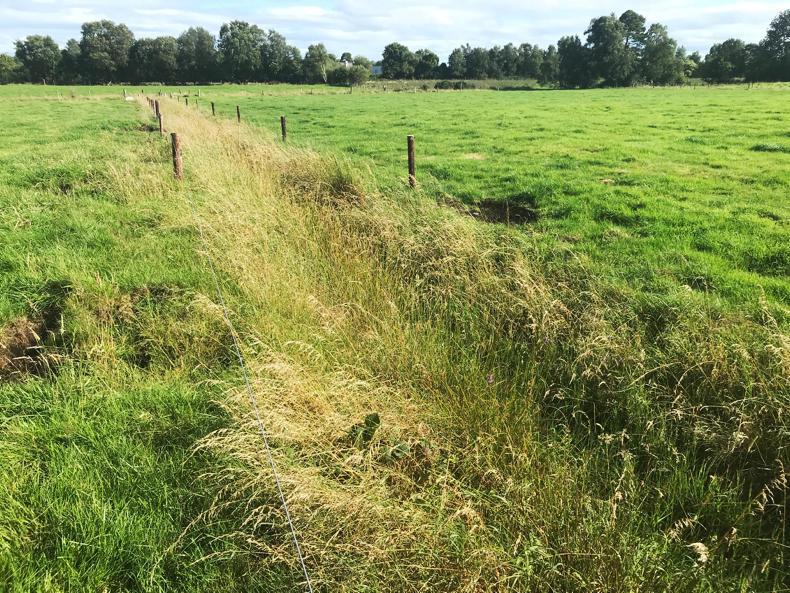
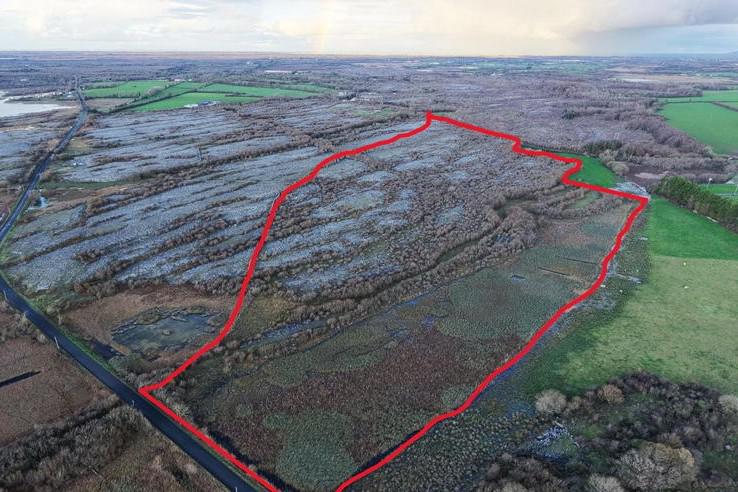

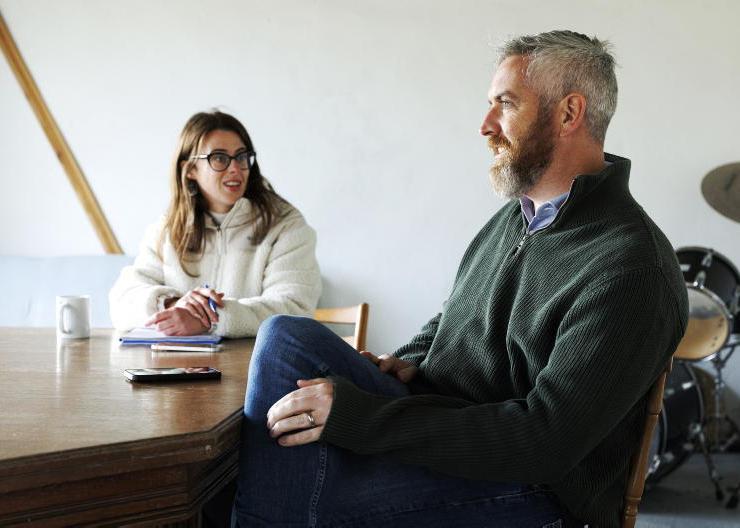
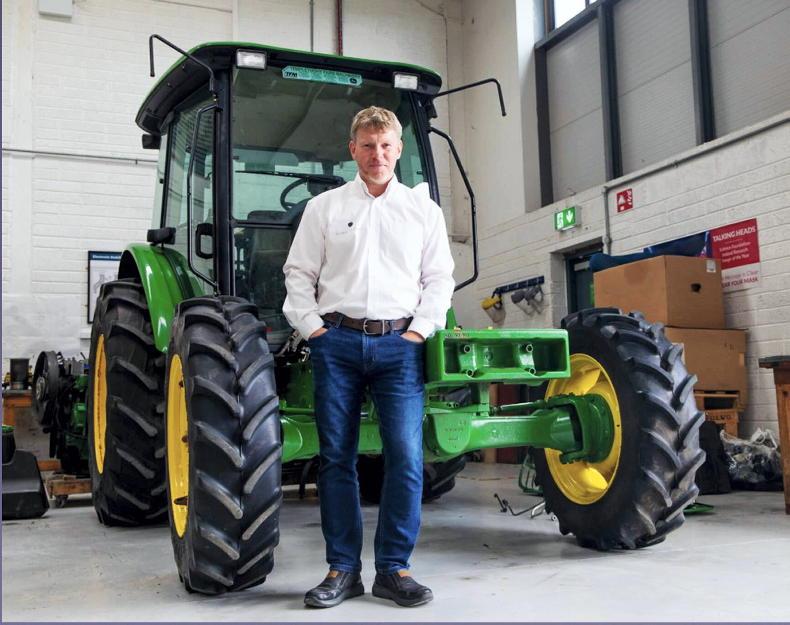
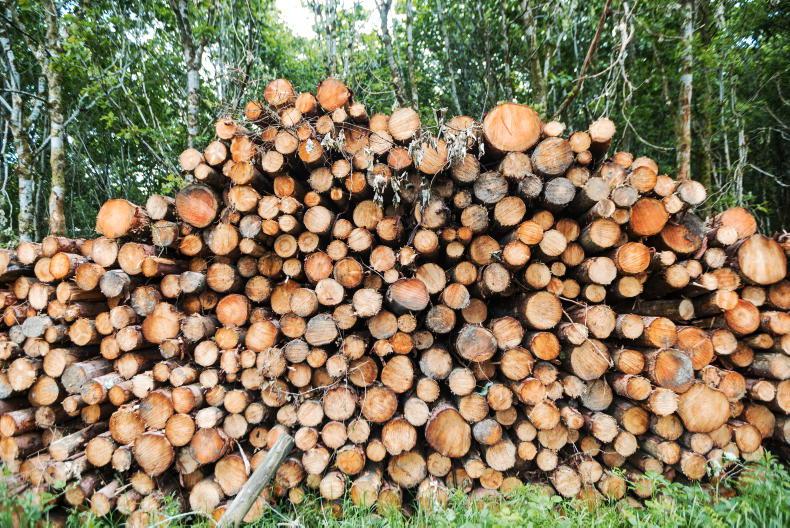
SHARING OPTIONS